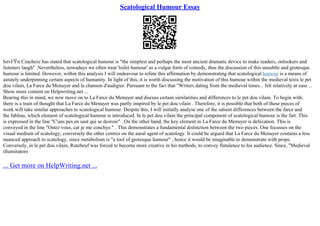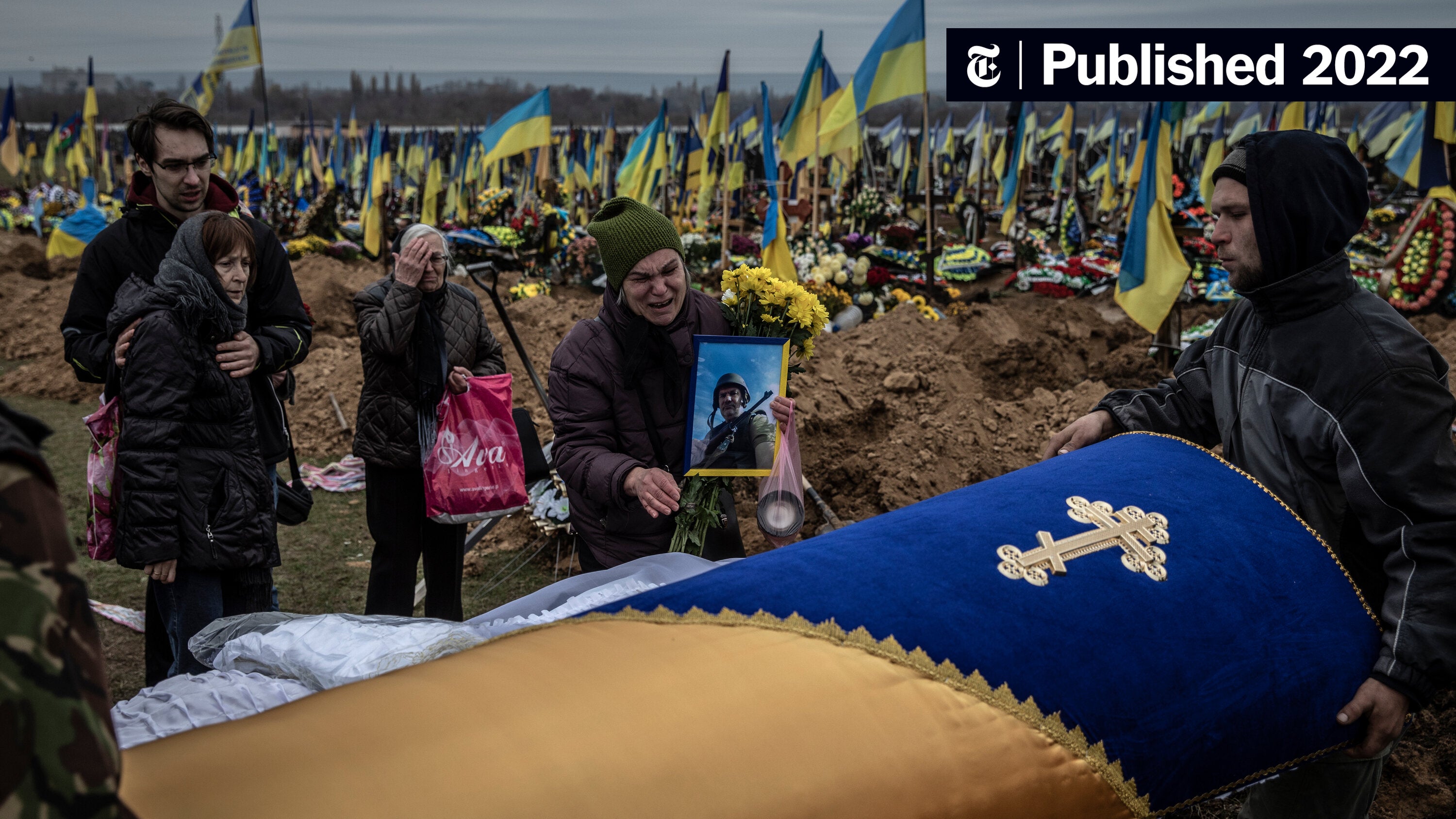Sweden And Finland's Military Assets: Towards A Pan-Nordic Defense Strategy

Table of Contents
Sweden's Military Assets and Capabilities
Sweden possesses a modern and well-equipped military, boasting significant capabilities across various domains. Its defense modernization efforts have prioritized interoperability and technological advancement, making it a valuable partner in any pan-Nordic cooperation.
Air Force
The Swedish Air Force is a cornerstone of its defense capabilities, centered around the Saab Gripen fighter jet. These multirole combat aircraft are known for their advanced avionics and air-to-air and air-to-ground capabilities.
- Number of Gripen jets: Approximately 100 Gripen C/D and E variants.
- Planned upgrades: Continuous modernization programs ensure the Gripen fleet remains technologically advanced, enhancing its air superiority and ground attack capabilities.
- Air-to-air and air-to-ground capabilities: The Gripen boasts a diverse range of weaponry, including advanced beyond-visual-range missiles and precision-guided munitions.
- Air defense systems: Sweden also maintains a sophisticated network of air defense systems, including ground-based radar and missile systems, providing comprehensive protection against airborne threats.
Navy
The Swedish Navy, while smaller than some of its counterparts, maintains a robust capability focused on coastal defense and submarine warfare.
- Types of warships: The fleet includes modern corvettes, frigates, and mine countermeasures vessels.
- Submarine fleet size and capabilities: Sweden possesses a highly capable submarine fleet known for its advanced stealth technology and anti-submarine warfare capabilities.
- Coastal defense systems: Coastal defense is a priority, with a network of sensors, patrol boats, and coastal artillery designed to protect Sweden's extensive coastline.
- Anti-submarine warfare capabilities: The navy's anti-submarine capabilities are a key element of its defense strategy, employing advanced sonar and other detection technologies.
Army
The Swedish Army is undergoing a significant modernization process, focusing on increased mobility, firepower, and improved logistical support.
- Types of armored vehicles: The army utilizes a range of armored vehicles, including infantry fighting vehicles and main battle tanks.
- Artillery systems: Modern artillery systems provide long-range fire support.
- Infantry weaponry: Swedish infantry is equipped with advanced weaponry, including assault rifles, machine guns, and anti-tank weapons.
- Special forces capabilities: Sweden's special forces units are highly trained and equipped for a variety of missions.
- Logistical support: The army has invested in advanced logistics to ensure rapid deployment and sustained operations.
Cyber Warfare Capabilities
Recognizing the growing importance of cyber security, Sweden has significantly invested in its national cyber defense capabilities. This includes protecting critical infrastructure, responding to cyberattacks, and contributing to international efforts in cyber security.
Finland's Military Assets and Capabilities
Finland maintains a strong national defense force characterized by its highly trained personnel, emphasis on reserve forces, and experience in asymmetric warfare. Its military assets complement those of Sweden, creating a synergistic effect within a pan-Nordic context.
Army
The Finnish Army is known for its well-equipped and highly trained soldiers, with a strong reliance on reservists. Its experience in asymmetric warfare is invaluable in the current geopolitical climate.
- Army size: Finland maintains a sizeable standing army and a robust reserve system.
- Equipment (tanks, artillery, etc.): The army is equipped with modern tanks, artillery systems, and infantry weaponry.
- Conscription system: Finland's conscription system ensures a large pool of trained reservists ready for mobilization.
- Readiness levels: The Finnish army maintains a high state of readiness.
- Experience with modern warfare: Finland's military doctrine incorporates lessons learned from past conflicts, enhancing its adaptability and effectiveness.
Air Force
The Finnish Air Force relies primarily on the F/A-18 Hornet multirole combat aircraft, complemented by a modern air defense network.
- Types of fighter jets: The F/A-18 Hornet provides air superiority and ground attack capabilities.
- Air-to-air and air-to-ground capabilities: The Hornets are equipped with advanced weaponry for both air-to-air and air-to-ground engagements.
- Air defense systems: Finland possesses a robust network of air defense systems, including radar and missile systems.
- Radar systems: Advanced radar systems provide early warning and tracking capabilities.
Navy
The Finnish Navy focuses on coastal defense and mine warfare, with capabilities designed to protect Finland's extensive coastline.
- Coastal patrol boats: Fast coastal patrol boats provide surveillance and protection of coastal waters.
- Mine countermeasures vessels: Specialized vessels are equipped to clear mines and other underwater obstacles.
- Submarine capabilities: Finland also maintains a limited submarine force for coastal defense and intelligence gathering.
National Defence University (NDU)
Finland's National Defence University (NDU) plays a critical role in defense research, development, and strategic planning. Its contribution to innovative defense strategies and technological advancements is essential to national security.
Synergies and Potential for Pan-Nordic Defense Cooperation
The combined military assets of Sweden and Finland, alongside those of other Nordic nations, present significant opportunities for enhanced pan-Nordic defense cooperation.
Shared Threats and Challenges
The Nordic region faces numerous shared security challenges, including:
- Specific threats relevant to the region: Cyber warfare, hybrid threats, and potential conflicts require a collective response.
- The need for collective defense: Enhanced cooperation is vital for effective defense against potential adversaries.
- Cooperation in intelligence sharing: Sharing intelligence enhances situational awareness and enables a more effective response to threats.
Complementary Capabilities
Sweden and Finland's military capabilities are largely complementary:
- Examples of complementary capabilities: Sweden's advanced air power and Finland's robust army create a synergistic effect.
- Joint exercises and training: Regular joint exercises improve interoperability and readiness.
Enhanced Regional Security
Stronger pan-Nordic defense cooperation delivers several key benefits:
- Potential benefits of increased cooperation: Improved deterrence, enhanced resilience, and increased effectiveness in responding to threats.
- Deterrence against aggression: A stronger collective defense posture deters potential adversaries.
- Enhanced resilience against threats: Cooperation improves the ability to withstand and recover from various threats.
Conclusion
Sweden and Finland's military assets represent significant contributions to a strengthened pan-Nordic defense strategy. Their modern capabilities, combined with a commitment to regional cooperation, are vital for addressing shared security challenges and enhancing regional stability. By analyzing Sweden and Finland's military contributions and exploring opportunities for enhanced regional security, we can foster a stronger, more cohesive regional defense architecture. Further research and discussion on pan-Nordic defense cooperation are crucial for strengthening pan-Nordic defense and ensuring the security of the Nordic region.

Featured Posts
-
 Military Plan Disclosure Hegseths Signal Chat Controversy
Apr 22, 2025
Military Plan Disclosure Hegseths Signal Chat Controversy
Apr 22, 2025 -
 The Tik Tok Effect Strategies To Bypass Trump Tariffs
Apr 22, 2025
The Tik Tok Effect Strategies To Bypass Trump Tariffs
Apr 22, 2025 -
 Following The Karen Read Murder Case A Timeline
Apr 22, 2025
Following The Karen Read Murder Case A Timeline
Apr 22, 2025 -
 Podcast Production Revolutionized Ai And The Analysis Of Repetitive Scatological Texts
Apr 22, 2025
Podcast Production Revolutionized Ai And The Analysis Of Repetitive Scatological Texts
Apr 22, 2025 -
 Ukraine Faces Renewed Russian Attacks After Easter Truce Ends
Apr 22, 2025
Ukraine Faces Renewed Russian Attacks After Easter Truce Ends
Apr 22, 2025
